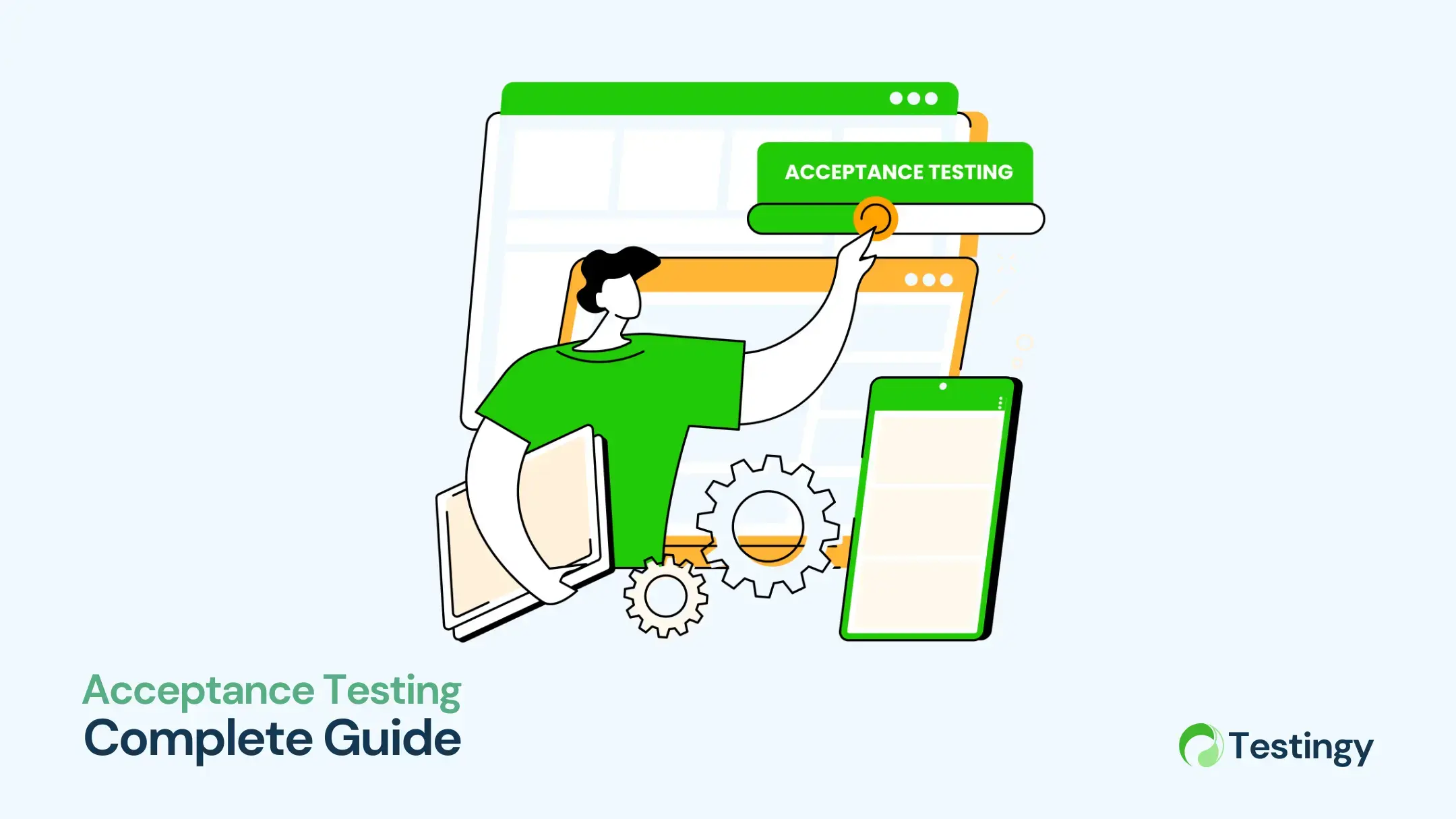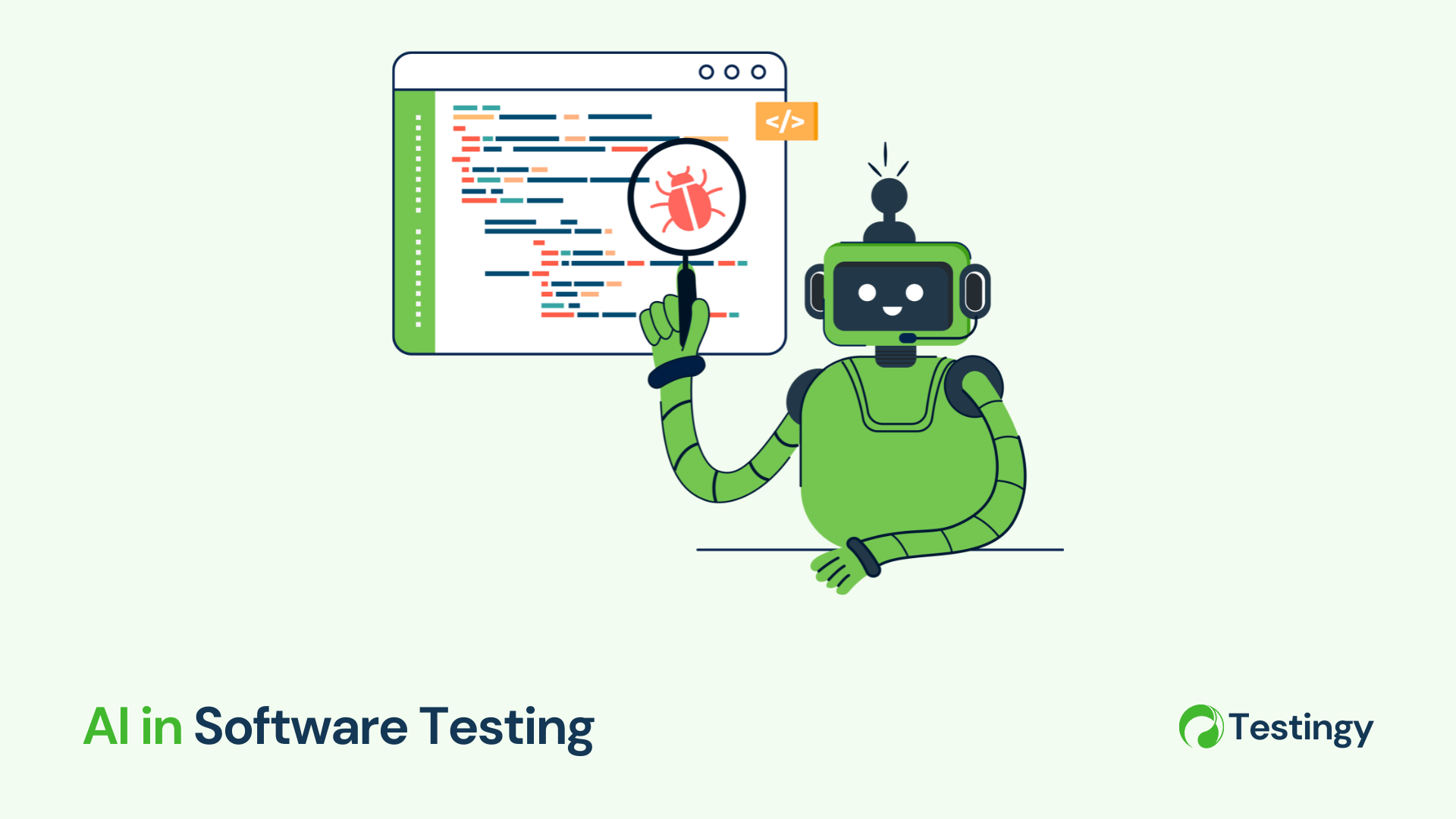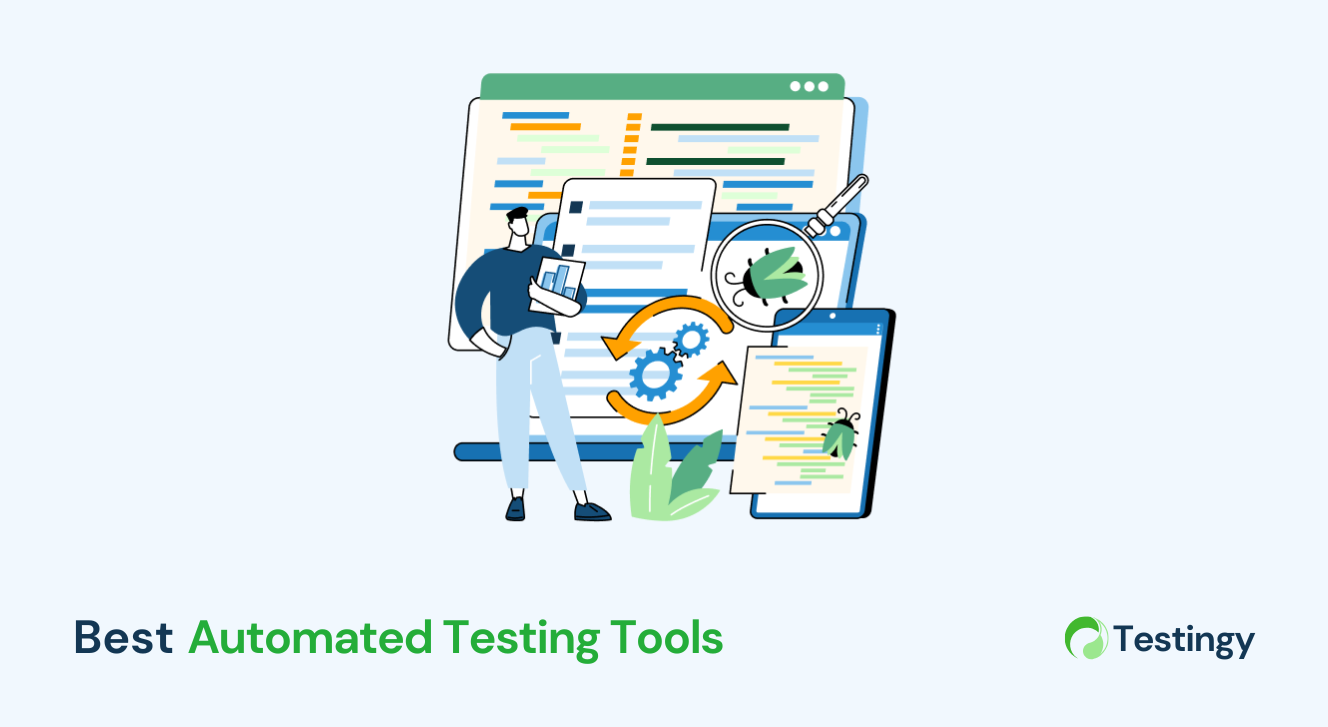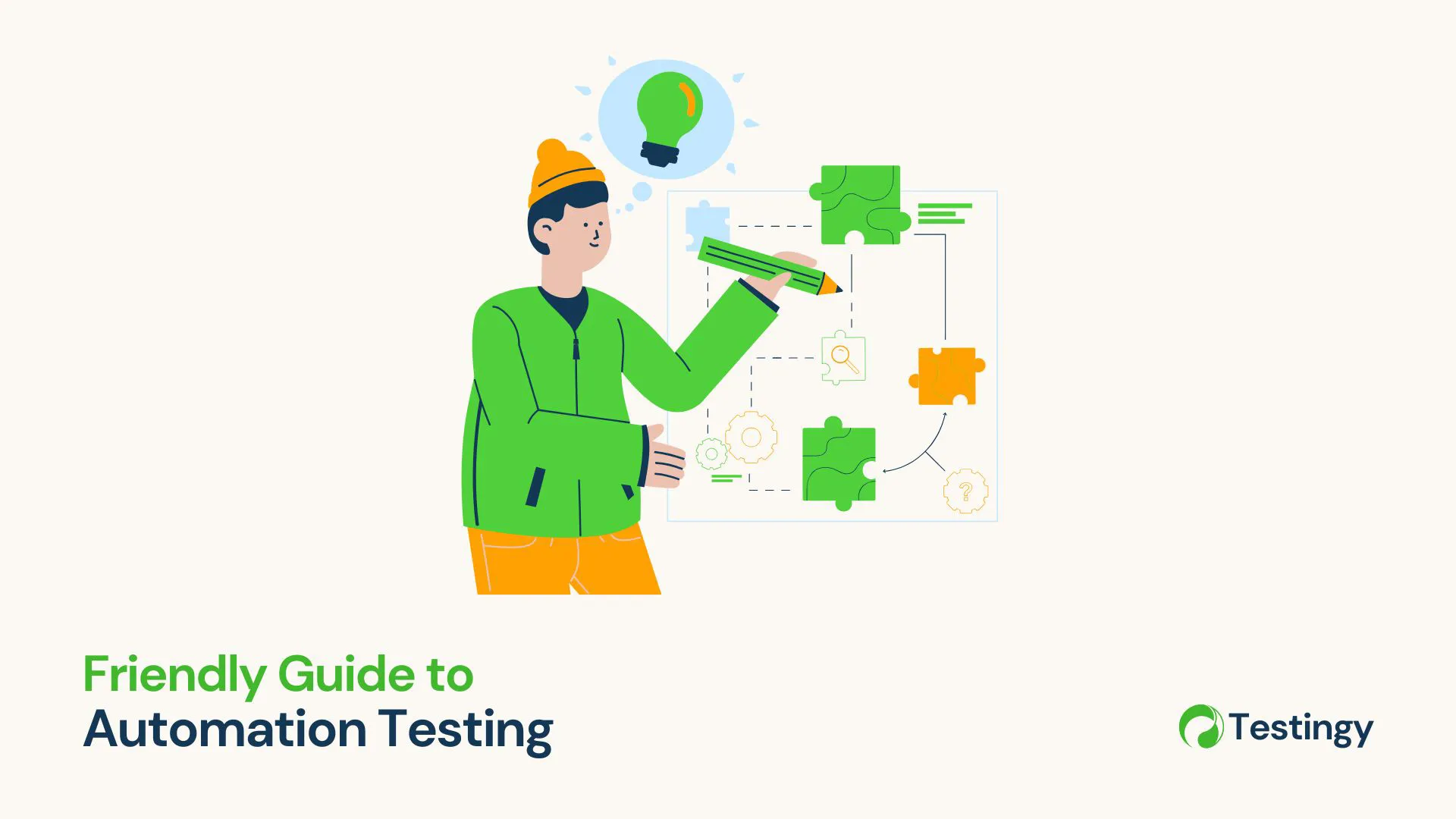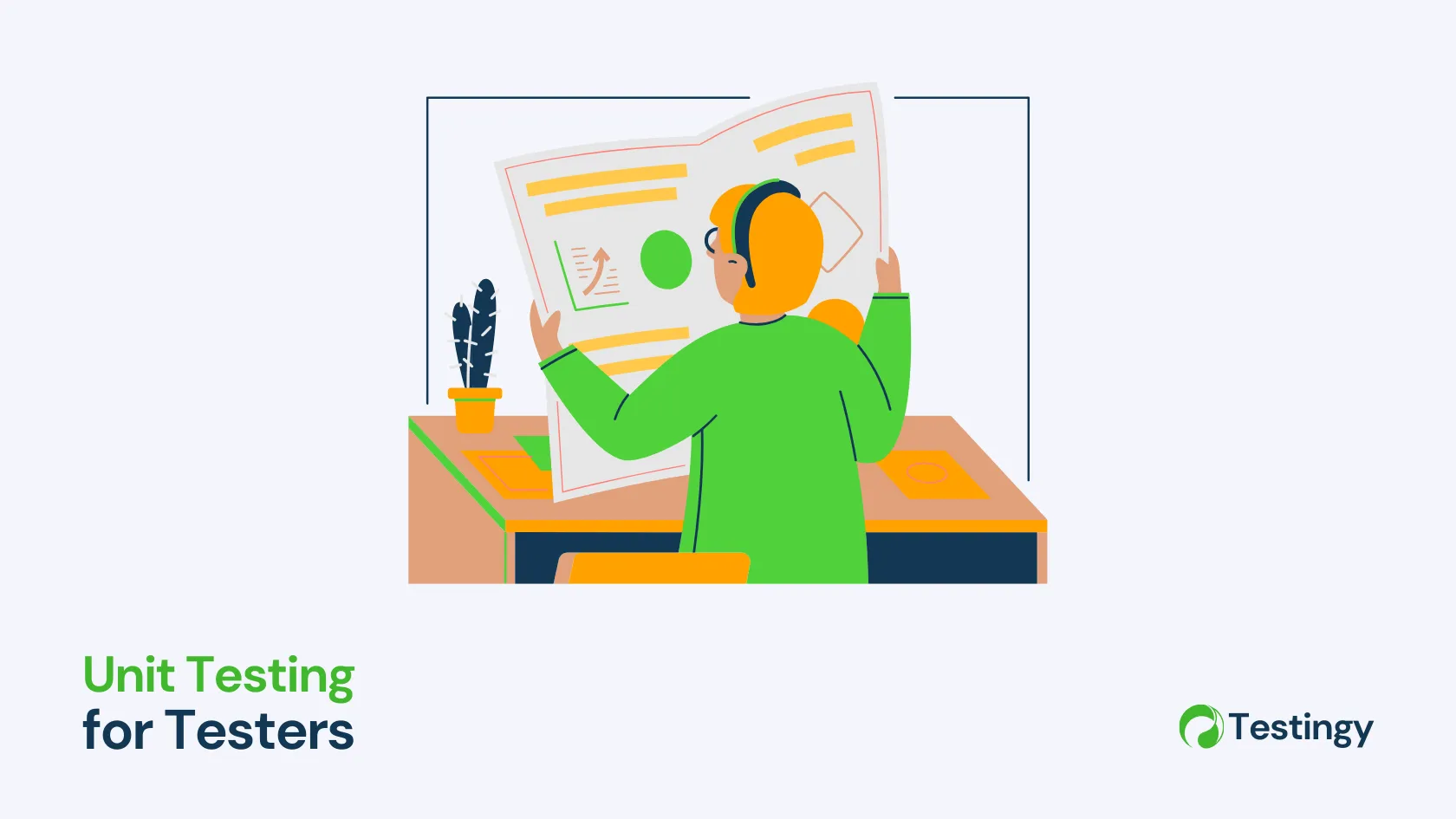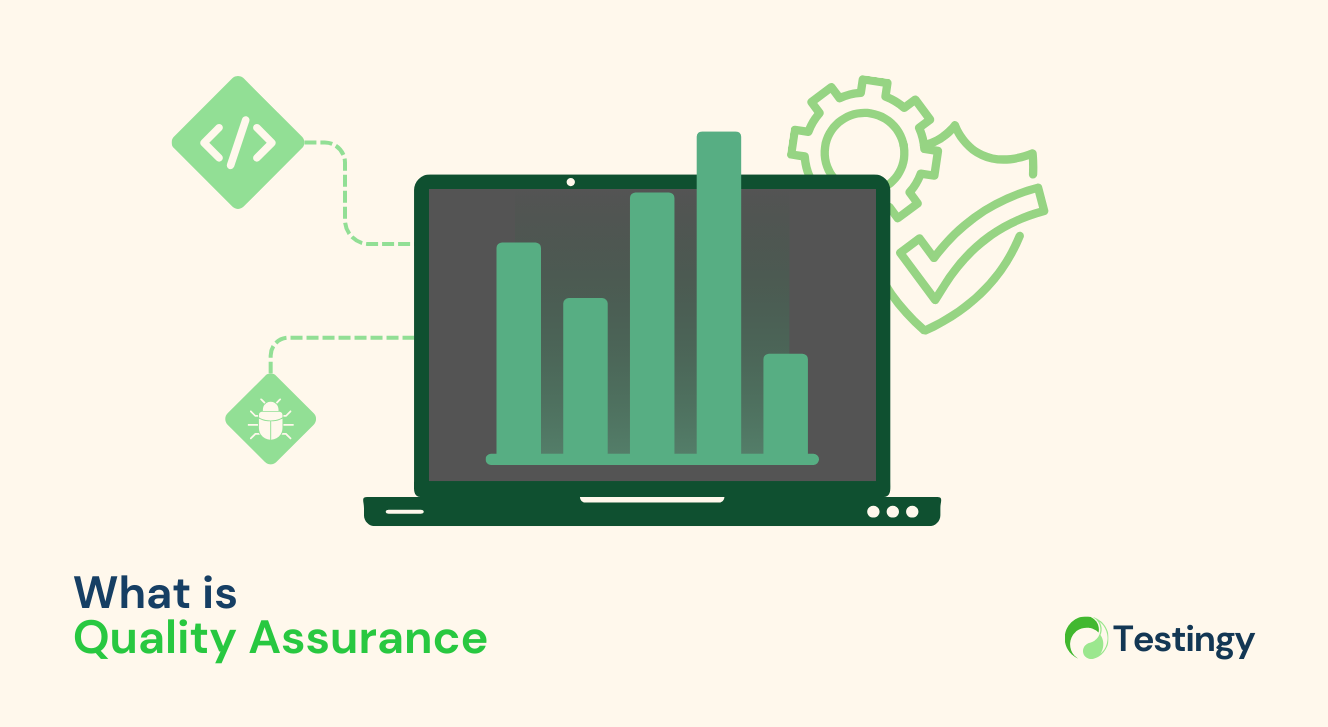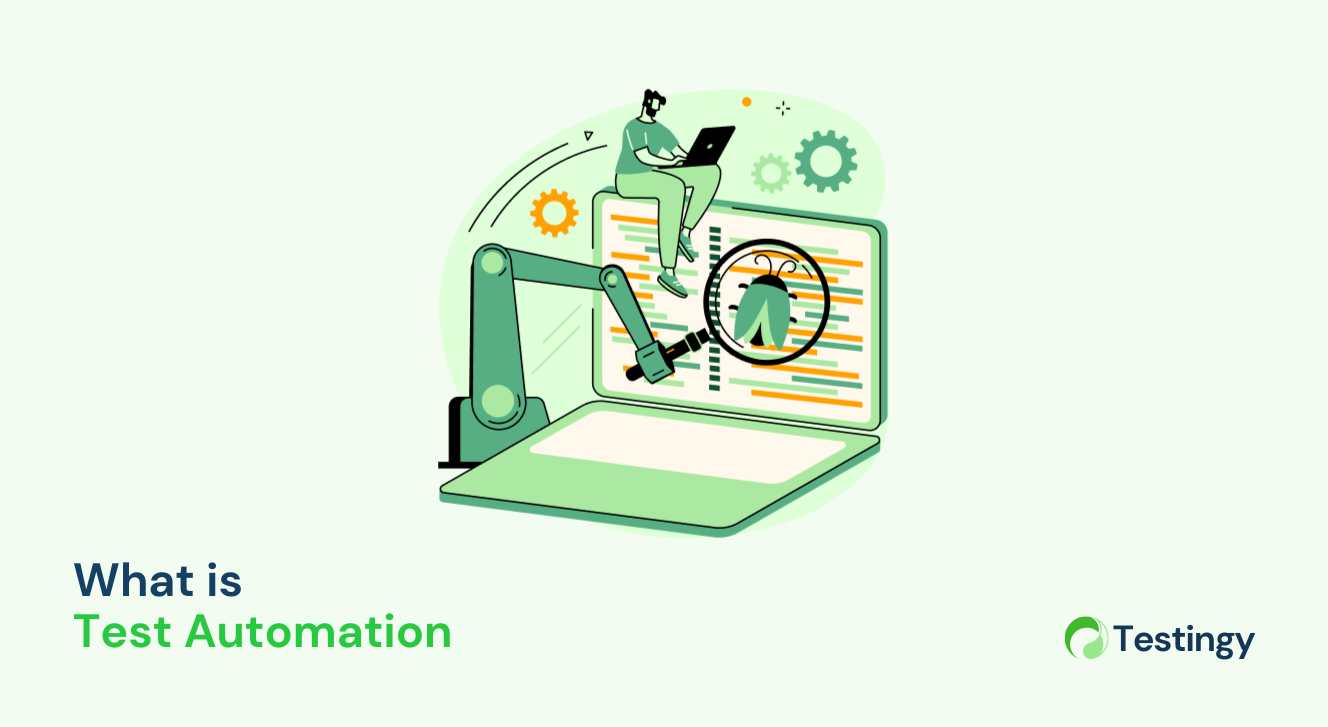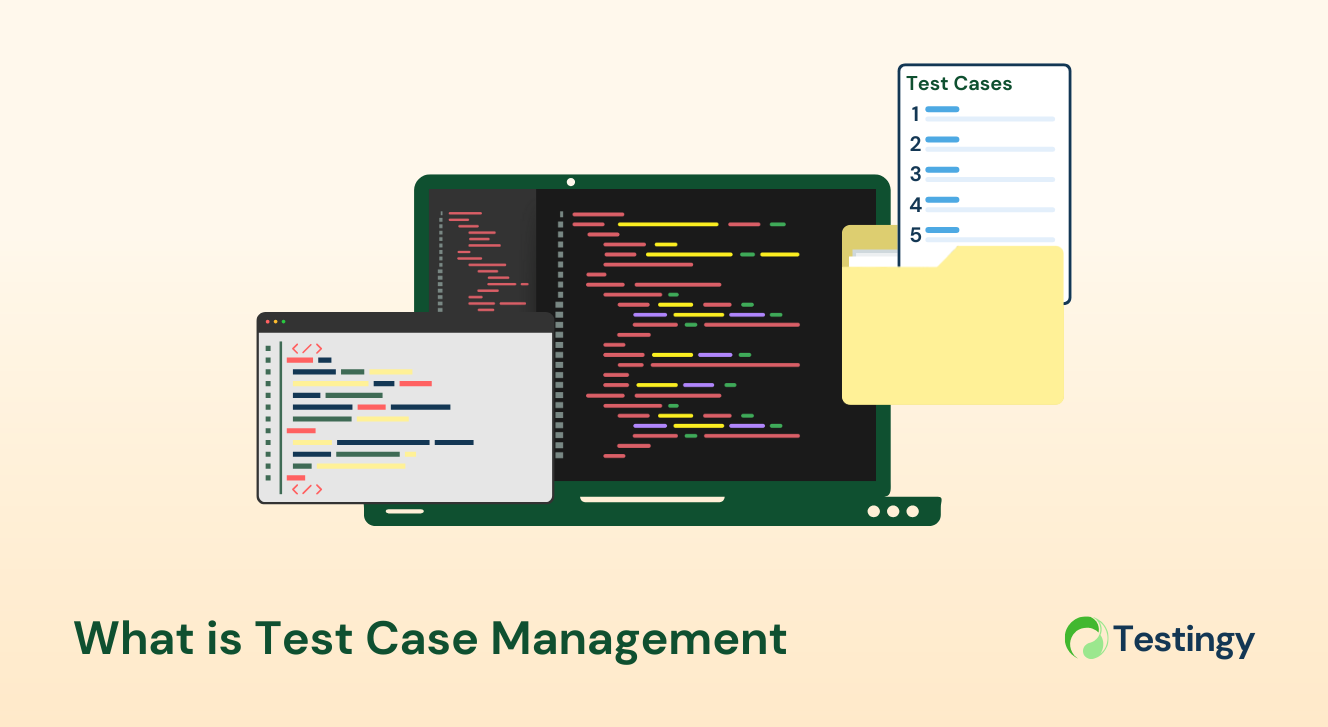What is Agile Testing: A complete guide for Testers & Developers
These days, software development moves fast, and there’s a lot of pressure to roll out great software without dragging your feet. Traditional methods like Waterfall, where everything’s planned out in a straight line, often stumble when customers need to shift or the market starts racing ahead. That’s why Agile Development is such a game-changer.
It’s a lively, team-driven way to check software that meshes perfectly with how Agile teams work. This article is your go-to guide for getting into Agile Testing, whether you’re a tester or developer just dipping your toes in or looking to sharpen your skills.
We’ll walk through what it is, how it stacks up against the traditional stuff, why it’s awesome, who’s involved, the tools you’ll need, handy tips, the tough spots, and more—all in a way that’s easy to read and keeps you engaged.
Introduction to Agile methodology
Before jumping to learn about Agile Testing, we first need to understand the fundamentals of Agile methodology, the foundation on which it’s built. Agile isn’t just a set of rules; it’s a way of thinking that puts flexibility, teamwork, and happy customers ahead of strict schedules or piles of paperwork.
It kicked off in 2001 when a bunch of software developers got together and wrote the Agile Manifesto—a short guide that boils down to four big ideas:
- Individuals and interactions over processes and tools
- Working software over comprehensive documentation
- Customer collaboration over contract negotiation
- Responding to change over following a plan
As a result, these ideas push teams to build software step by step, tweak things based on feedback, and keep collaboration front and center. From this starting point, different flavors of Agile popped up—like Scrum, Kanban, and Extreme Programming (XP).
Each has its own spin: Scrum uses short work bursts called sprints, and Kanban leans on visual task boards. Yet, they’re all chasing the same thing—delivering usable software regularly and improving it as they go.
In Agile, work gets chopped into small chunks called iterations or sprints, usually lasting 1 to 4 weeks. By the end of each one, the team has something real—a piece of software that works and can be tested, reviewed, or tweaked.
This step-by-step rhythm lets teams catch feedback early and often, making sure the final product actually fits what users want. Agile’s focus on staying flexible and teaming up paves the way for Agile Testing, where keeping quality high is woven right into this fast-moving, group-driven process.
What is Agile testing?
Agile Testing is all about checking software in a way that follows the principles of Agile development. Unlike traditional testing, where testing is a distinct phase that begins after coding is complete, Agile Testing embeds testing throughout the entire development lifecycle.
From the moment a project begins, testers team up with developers, product owners, and other stakeholders to ensure that quality is a priority at every step.
Here are the defining features of Agile Testing:
- Continuous Testing: Testing happens in parallel with development, not as a final checkpoint. This ensures issues are caught early and addressed promptly.
- Team Collaboration: Testers work alongside developers and business representatives, breaking down silos and fostering a shared commitment to quality.
- Flexibility: As requirements evolve, testing adapts to new priorities and changes, maintaining alignment with the project’s goals.
- Focus on Customer Value: Tests are designed to verify that the software delivers what the customer needs, not just that it meets static specifications.
In other words, Agile Testing shifts the focus from “finding bugs” to “preventing them,” embedding quality into the product from the start. It’s about building the right thing, building it well, and delivering it quickly.
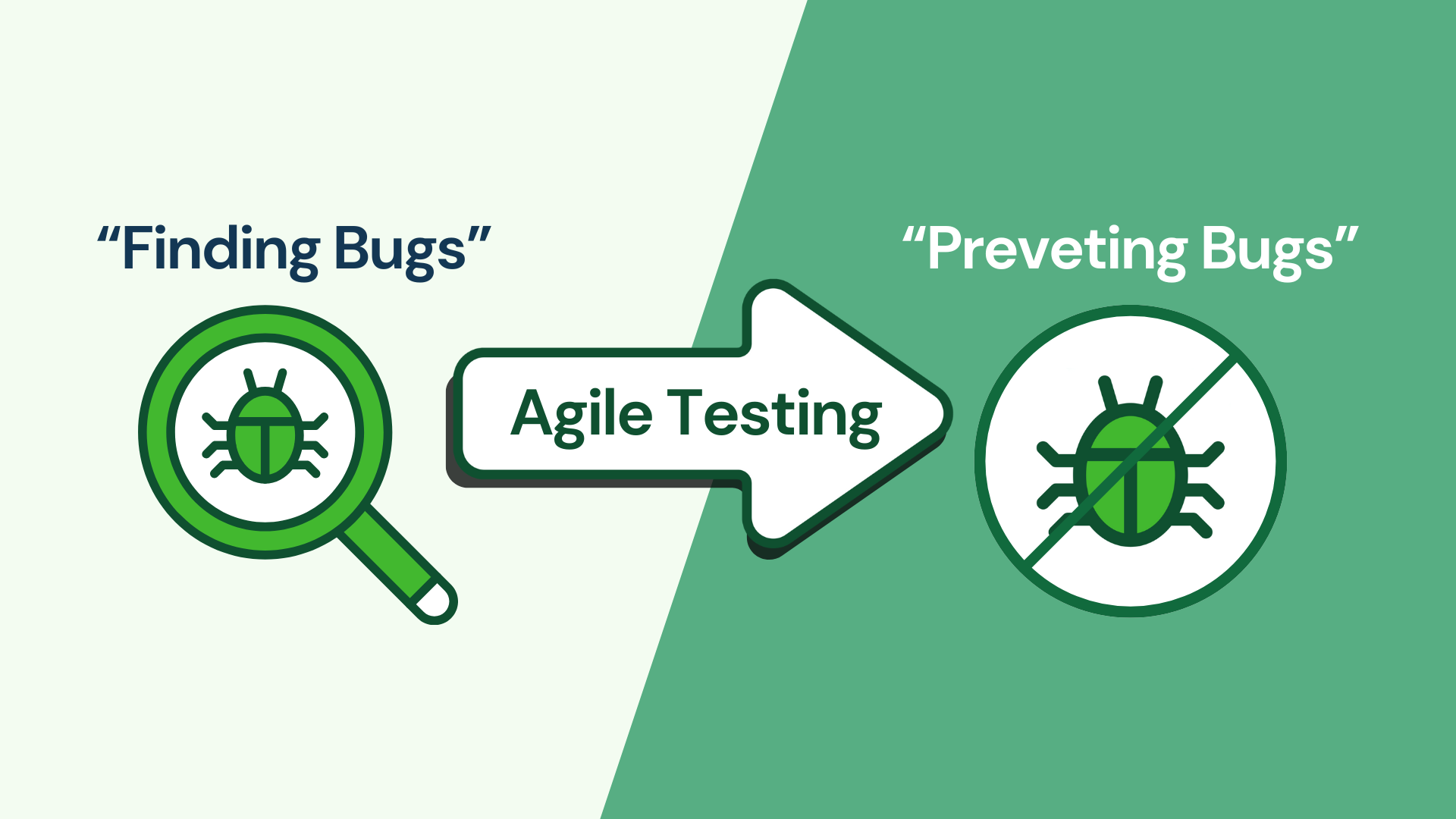
Differences from Traditional Testing
To fully appreciate Agile Testing, let’s compare it to traditional testing approaches, such as those in the Waterfall model. The differences highlight why Agile Testing is better suited to modern development demands.
| Aspect | Traditional Testing (e.g., Waterfall) | Agile Testing |
|---|---|---|
| Timing | Testing occurs after development is complete. | Testing is ongoing throughout development. |
| Team Roles | Testers are a separate group from developers. | Testers are part of a cross-functional team. |
| Requirements | Fixed upfront, with changes being disruptive. | Evolve iteratively based on feedback. |
| Planning | Detailed test plans created early and followed strictly. | Flexible test strategies that adapt to changes. |
| Feedback | Delayed until the testing phase, often too late to adjust easily. | Immediate, enabling rapid adjustments. |
| Automation | Optional and often minimal. | Essential for speed and regression testing. |
In traditional models, testing is a gatekeeping activity: developers build the software, then testers evaluate it. This separation can lead to misaligned expectations, late-discovered defects, and costly rework.
In contrast, Agile Testing integrates testers into the development process, enabling early defect detection and a collaborative approach to quality.
For example, in a Waterfall project, a bug found in the testing phase might require revisiting months-old code, whereas in Agile, it’s addressed within the same sprint it’s discovered.
Benefits of Agile testing
Agile Testing offers a range of benefits that make it a game-changer for software teams. Here’s why testers and developers should embrace it:
- Early Defect Detection: Testing throughout development means that bugs are found and fixed before they escalate, saving time and reducing costs. For instance, a small coding error caught in a sprint is far easier to fix than one discovered months later.
- Enhanced Collaboration: Testers, developers, and product owners work together daily, aligning on goals and reducing misunderstandings. This teamwork often leads to better-designed features.
- Higher Software Quality: Continuous testing ensures the product meets customer needs and performs reliably, iteration after iteration.
- Faster Delivery: By eliminating the long testing phase at the end, teams can release software more frequently and with confidence.
- Adaptability: Agile Testing thrives in environments where requirements shift. If a customer requests a new feature mid-project, testers can adjust their focus without derailing the process.
These advantages translate into real-world value: shorter release cycles, happier customers, and fewer late-night debugging sessions. For developers and testers, it means less rework and more focus on creating a product that shines.
Roles and responsibilities in Agile testing
In Agile Testing, quality is everyone’s job, not just the testers’ only. This shared responsibility blurs traditional role boundaries and fosters a collaborative culture.
Here’s how key team members contribute.
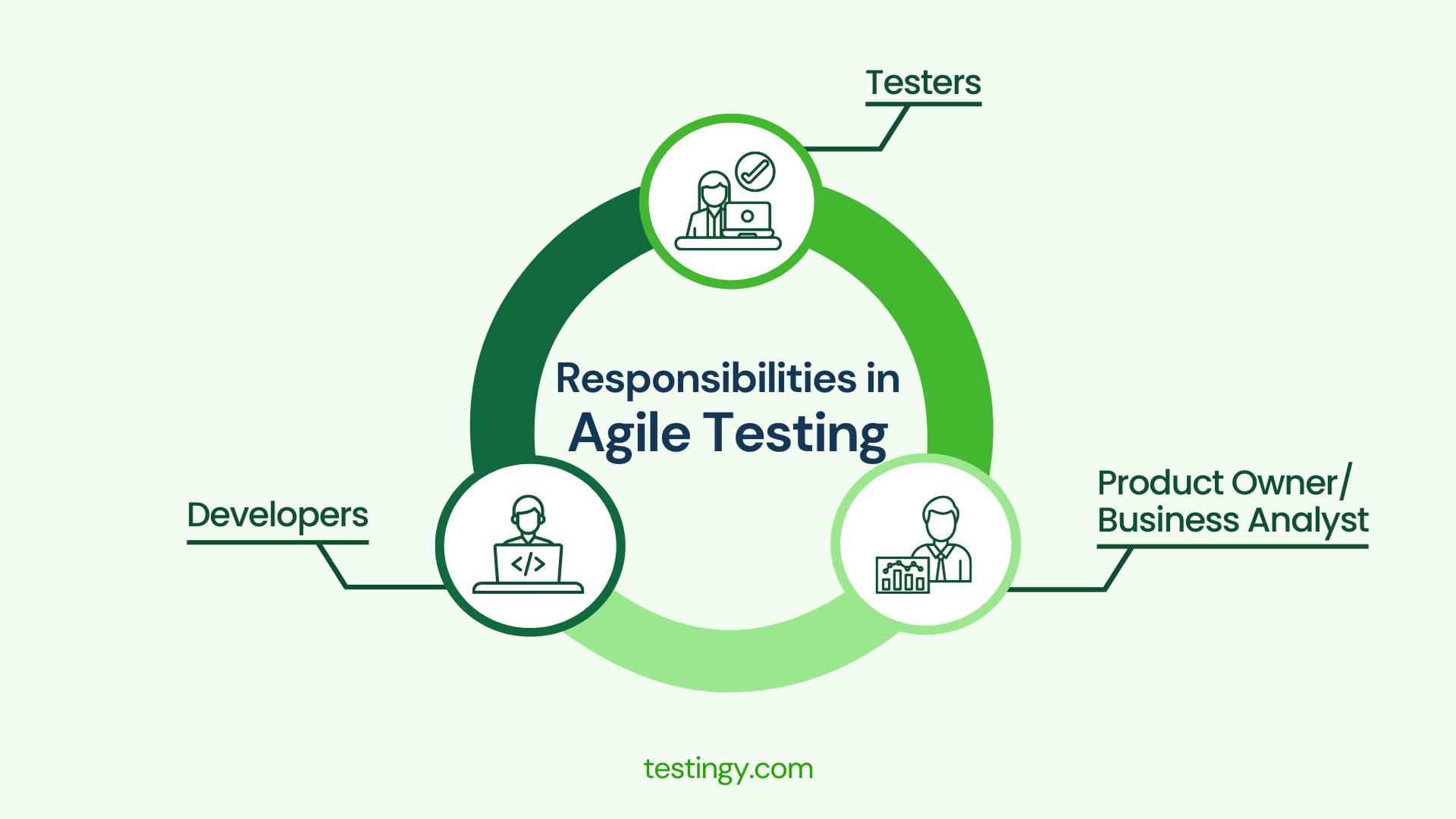
1. Testers
Testers are the quality champs who dive into the details, making sure everything works as it should while helping the whole team level up their quality game.
- Engage Early: They participate in sprint planning to help define acceptance criteria—specific conditions a feature must meet to be considered complete.
- Test Creation and Execution: Testers write and run both manual and automated tests to verify functionality, performance, and usability.
- Collaboration: Pair with developers to ensure code is testable and to resolve issues quickly.
- Mentorship: Testers are the ones who share testing expertise with the team, helping non-testers contribute to quality efforts.
2. Developers
Meanwhile, developers are the builders who craft the code, keeping it solid from the ground up and fixing things as they go.
- Unit Testing: Write and maintain unit tests to validate individual components of the code.
- Integration: Work with testers to ensure features are testable and integrate smoothly into the broader system.
- Defect Resolution: Fix bugs as they’re found, often in real-time during a sprint.
3. Product Owners / Business Analysts
Product owners (PO) and business analysts are the bridge to the customer, making sure the team’s building something people actually want and need.
- Requirements Clarity: Both POs and business analysts help provide clear, concise user stories and acceptance criteria to guide development and testing.
- Validation: Product owners can participate in testing (e.g., user acceptance testing) to confirm the software meets business needs.
- Feedback Loop: Offer insights from customers to refine the product.
Additionally, daily stand-ups, sprint reviews, and retrospectives also keep everyone aligned. For example, a tester might raise a concern about a user story in a stand-up, prompting the developer and product owner to clarify it on the spot.
This constant communication ensures that quality remains a team effort.
Tools and techniques in Agile testing
Agile Testing leverages a mix of tools and techniques to maintain speed and thoroughness in short iterations.
1. Automation
Automation is the backbone of Agile testing, enabling rapid feedback and regression testing. Popular tools include:
- Selenium: Automates web application testing, ideal for functional and UI tests.
- JUnit / TestNG: Frameworks for unit testing in Java, widely used by developers.
- Cucumber: Supports behavior-driven development (BDD), letting teams write tests in plain language (e.g., “Given-When-Then” format).
2. Continuous Integration (CI)
CI tools like Jenkins, Travis CI, or CircleCI automate code integration and testing. Every time a developer commits code, the CI system builds the software and runs automated tests, catching issues early.
3. Manual Testing
While automation is key, manual testing fills critical gaps:
- Exploratory Testing: Testers explore the software without predefined scripts, uncovering edge cases and usability issues.
- Usability Testing: Ensures the software is intuitive and user-friendly.
- Specialized Testing: Performance, security, or accessibility testing may occur within sprints or as focused efforts, depending on the project.
4. Test Management
Tools like Testingy- Next Gen test management solution or Jira help teams plan, track, and report on testing activities, keeping everything organized in complex projects.
For example, a team might use Selenium to automate login tests, Jenkins to run them nightly, and exploratory testing to check how a new feature behaves under unexpected conditions.
This blend ensures comprehensive coverage without slowing down the sprint.
Best practices for Agile Testing
To make Agile testing effective, here are some proven practices that you should adopt:
- Start early: Involve testers in sprint planning to shape user stories and acceptance criteria. This prevents quality issues from being baked into the design.
- Automate smartly: Focus automation on repetitive, high-value tests (e.g., regression suites), leaving room for manual creativity elsewhere.
- Prioritize testing: Maintain a testing backlog and tackle high-risk areas first, ensuring critical functionality is rock-solid.
- Pair up: Testers and developers can pair-test, combining perspectives to catch more defects and share knowledge.
- Reflect and improve: Use sprint retrospectives to discuss what’s working (or not) in testing and adjust accordingly.
These steps ensure quality stays high and the work keeps moving, allowing the team to build something solid without wasting time or effort. It’s all about staying on top of problems and making steady progress together.
Common challenges and how to overcome them
Agile Testing isn’t without hurdles. Here’s how to tackle the most common ones:
- Time pressure: Short sprints can tempt teams to skimp on testing. Solution: Advocate for quality as a non-negotiable priority and allocate time for testing in every sprint.
- Evolving requirements: Constant changes can disrupt test plans. Solution: Rely on automated regression tests to quickly verify existing functionality while adapting to new needs.
- Automation maintenance: Automated tests require upkeep. Solution: Invest in training and treat test scripts as code—version-controlled and regularly reviewed.
- Team Buy-In: If developers or stakeholders undervalue testing, quality suffers. Solution: Educate the team on how testing accelerates delivery and reduces risks.
- Distributed teams: Remote work can hinder collaboration. Solution: Use tools like Slack or Zoom and establish clear communication protocols.
Building a culture of quality is the ultimate fix. When everyone—from developers to product owners—sees testing as vital to success, these challenges become manageable.
Conclusion
Agile testing transforms how software teams approach quality, blending testing right into the heart of Agile development. By testing continuously, working tight-knit with the team, and adapting to changes, testers and developers can deliver software that’s not just functional but exceptional.
If you’re new to this, the key is to embrace its mindset: quality is a team effort, feedback is your friend, and flexibility is your strength. With Agile Testing, you’re not just testing software—you’re building better software, together.
Start small, experiment, and watch your team’s potential soar in Agile test management.
